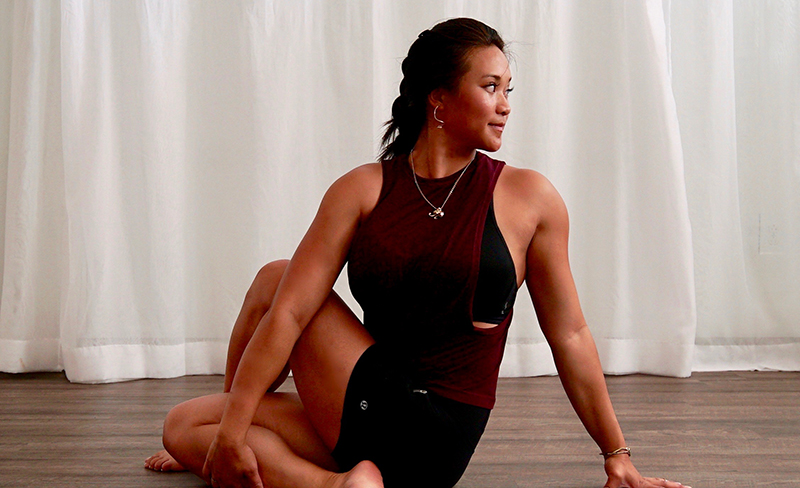Styles of Yoga: Restorative
Most newcomers to yoga may know that it is an ancient practice, but might not be aware that yoga comes in a wide variety of styles and flavors. The traditions date back at least as far as Patanjali, the author of the Yoga Sutras, in 400 BC. As with any ancient tradition, it has evolved, grown, and spawned numerous forms over the years.
Participants in Kimi Hugli’s yoga classes will find a selection of styles that fit the various needs of modern practitioners, including:
Each class also includes a short meditation before and after. As Kimi says, five minutes of meditation at the beginning can help you to “let go of all the things outside the room and outside this moment and come into yourself. Focus on your breath… take those first few minutes to really let go of all the busy-ness that we have in our lives, to just be present and to really feel what the body might need.” Likewise, a few minutes of meditation at the end of the class helps your body to integrate all the relaxation and good feelings that yoga has inspired.

Restorative Yoga uses cushions and props to create passive stretching positions that are held for five to ten minutes. The emphasis is on comfort and relaxation. Are you recovering from an injury? Restorative Yoga might be just what you need.
In a restorative class, you may only do 5-6 poses because each pose is held anywhere from 5-10 minutes. Holding poses for this long and fully supported with props allows the muscles to relax into the stretch, but more importantly gives you time to work on the mind. Many of us fall prey to the busyness of the mind and of our daily activities, and in a gentle, restorative, or just slower paced yoga class, we’re forced to confront that constant buzz of the mind and slow down.
There is such a sense of relaxation in a restorative class, again, not like there isn’t in any other slower paced yoga class, but the whole body and the mind should be relaxing into the poses. As opposed to a yin yoga class, where the body is sometimes supported or partly supported, there is a level of discomfort, that mental edge, that is the main difference between yin and restorative.